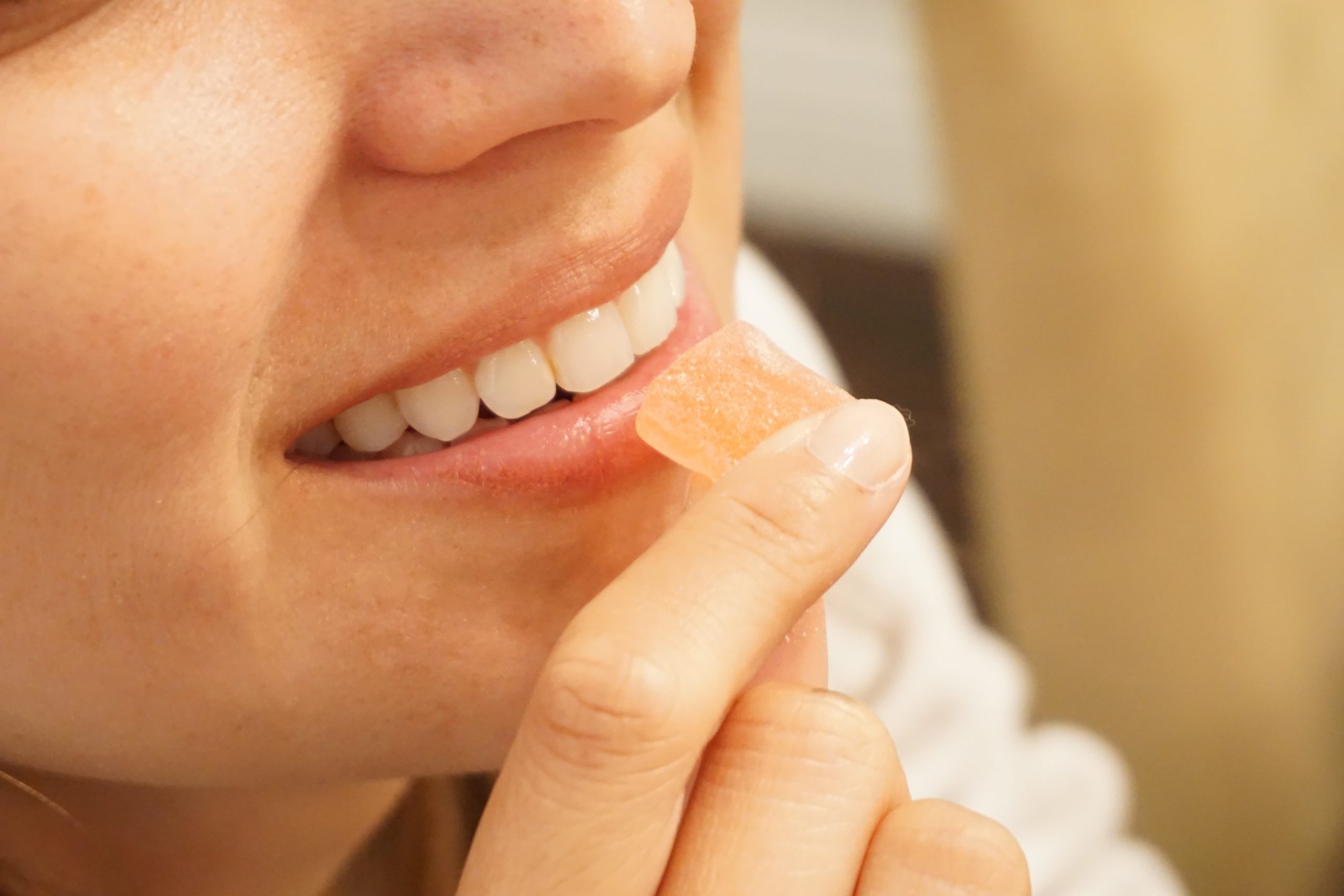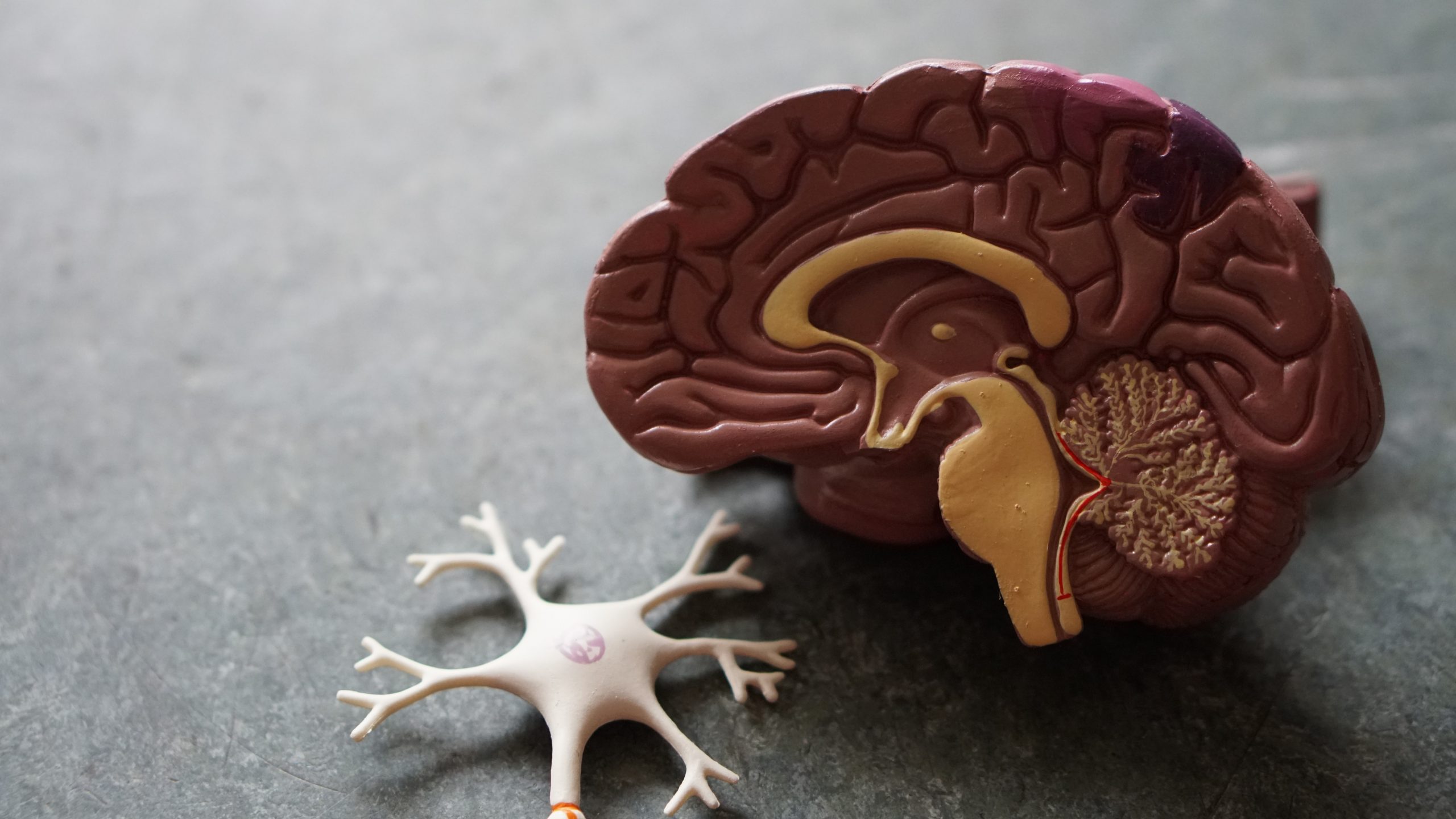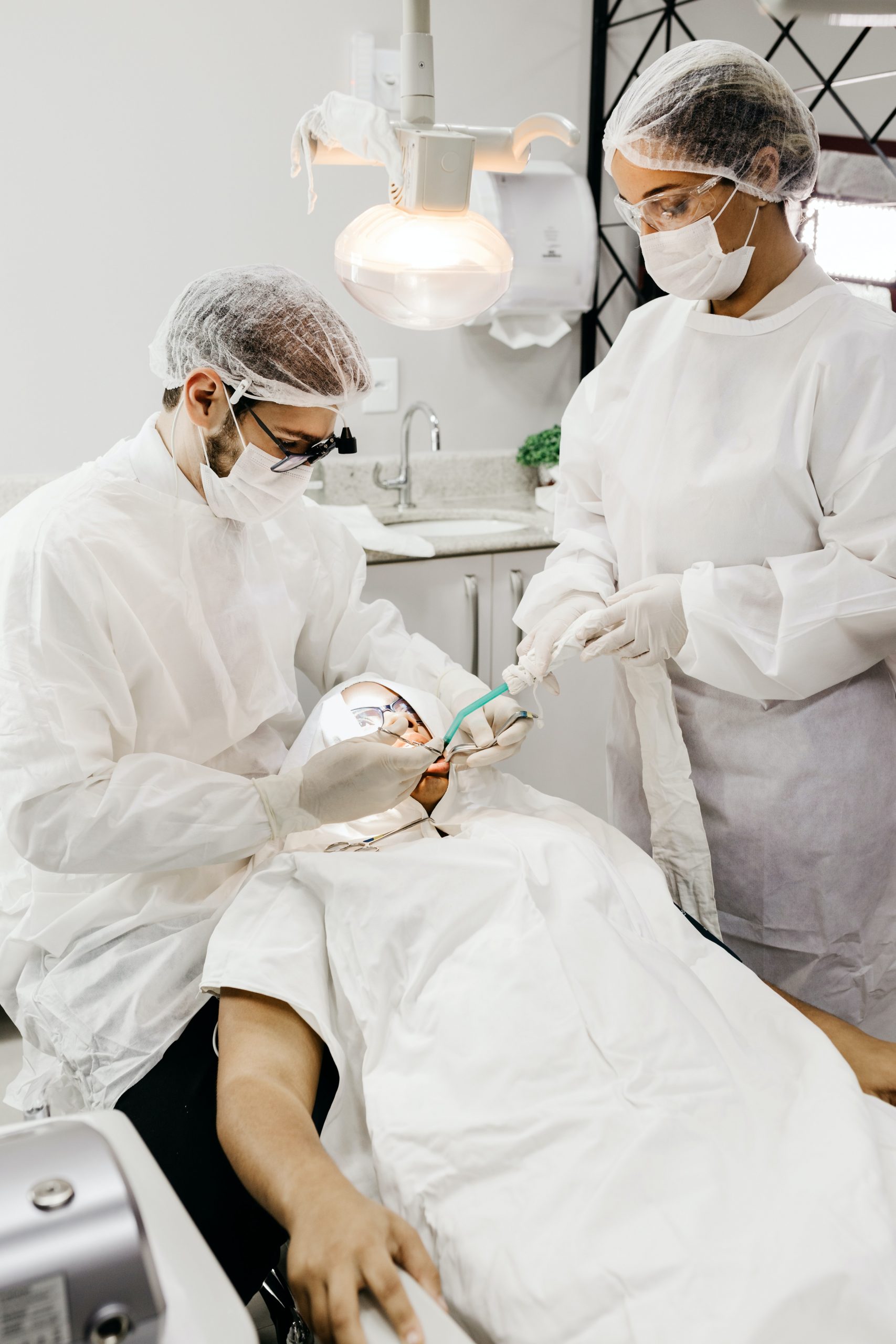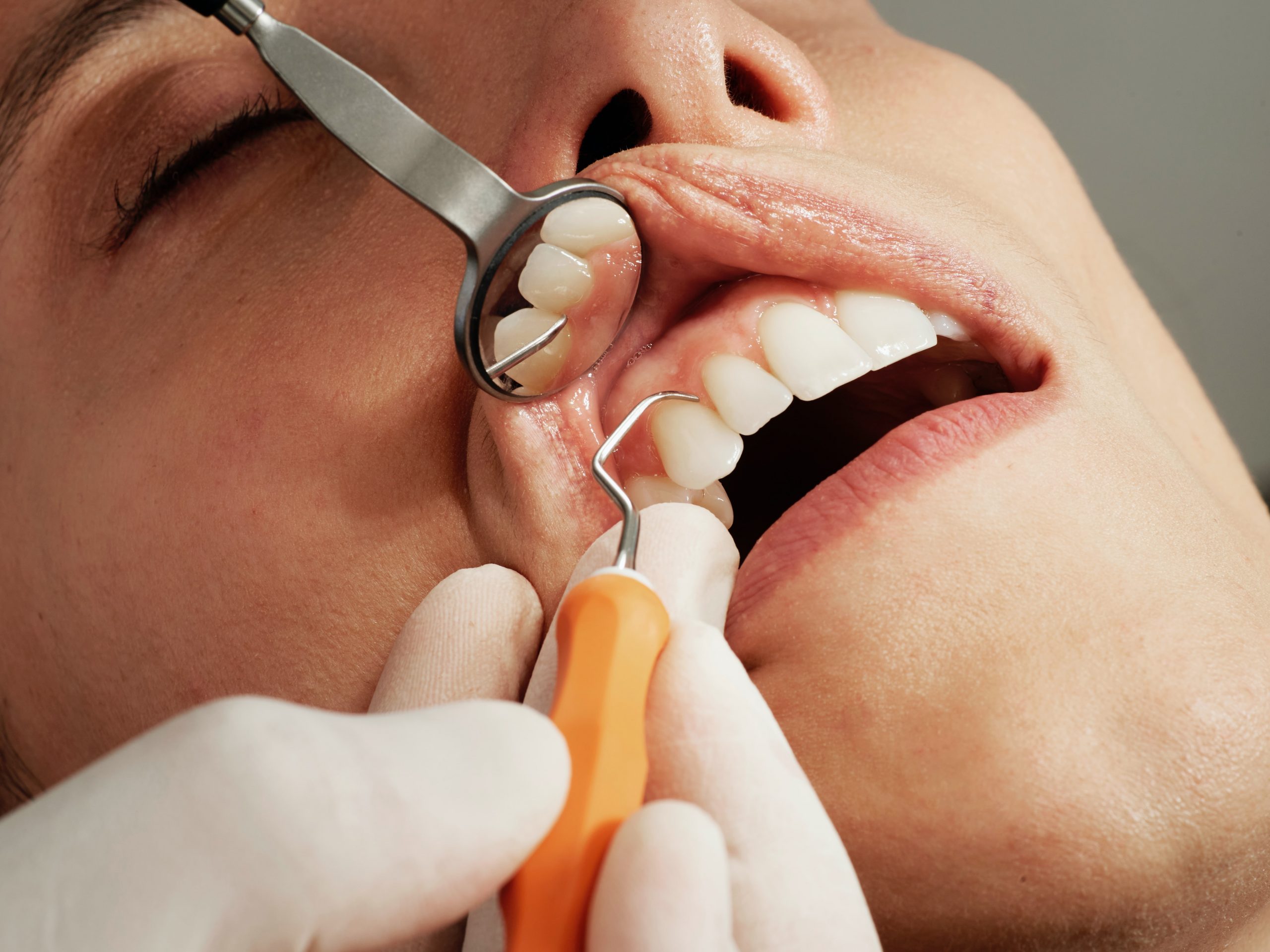
Tooth bleaching procedures and effects
Tooth bleaching procedures have become increasingly popular in recent years as patients seek to achieve a brighter, more attractive smile. However, the use of tooth bleaching agents has been the subject of controversy, with concerns about potential side effects and long-term effects. In this essay, we will discuss the different types of tooth bleaching procedures, their effectiveness, and their controversial effects.
Types of Tooth Bleaching Procedures: There are two main types of tooth bleaching procedures: in-office bleaching and at-home bleaching.
1)In-office Bleaching: In-office bleaching is performed by a dental professional, typically using a high-concentration hydrogen peroxide gel. The procedure involves applying the gel to the teeth and using a special light or laser to activate the bleaching agent. The procedure typically takes one to two hours, and multiple sessions may be required to achieve the desired result.
2)At-home Bleaching: At-home bleaching involves the use of custom-fitted trays and a lower-concentration hydrogen peroxide gel. The trays are worn for a specified period each day, typically for two to three weeks, and the results are gradual.
Effectiveness: Both in-office and at-home bleaching procedures have been shown to be effective at achieving a brighter, more attractive smile. In-office bleaching is generally faster and may produce more dramatic results, while at-home bleaching is more convenient and can be done in the comfort of the patient’s own home.
Controversial Effects: While tooth bleaching procedures are generally safe, there are some controversial effects associated with their use.
Tooth Sensitivity: Tooth sensitivity is a common side effect of tooth bleaching, particularly with in-office bleaching. The bleaching agent can irritate the tooth nerve, causing temporary sensitivity or pain.
Gum Irritation: Bleaching agents can also irritate the gums, causing temporary inflammation or soreness. This is more common with in-office bleaching, as the higher concentration of the bleaching agent can come into contact with the gums.
Enamel Damage: There is some concern that tooth bleaching agents may damage the enamel, the hard outer layer of the tooth. While enamel damage is rare, it can occur with excessive or improper use of bleaching agents.
Tooth Decay: There is also some evidence to suggest that tooth bleaching may increase the risk of tooth decay, particularly if the bleaching agent comes into contact with areas of the tooth that are already demineralized or damaged.
Conclusion: Tooth bleaching procedures can be an effective way to achieve a brighter, more attractive smile. However, they are not without controversy, and there are some potential side effects and long-term effects associated with their use. Patients should discuss the risks and benefits of tooth bleaching with their dental professional and take steps to minimize the risk of side effects, such as proper use of bleaching agents and regular dental check-ups.










